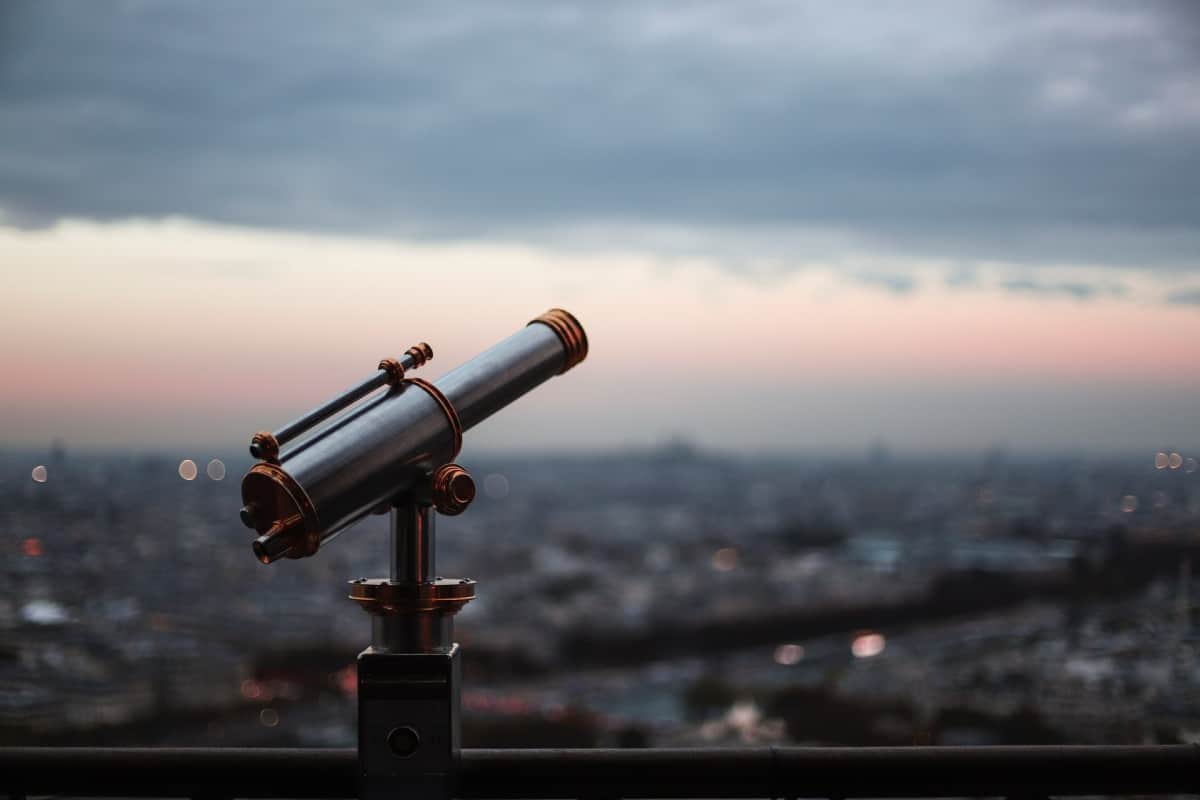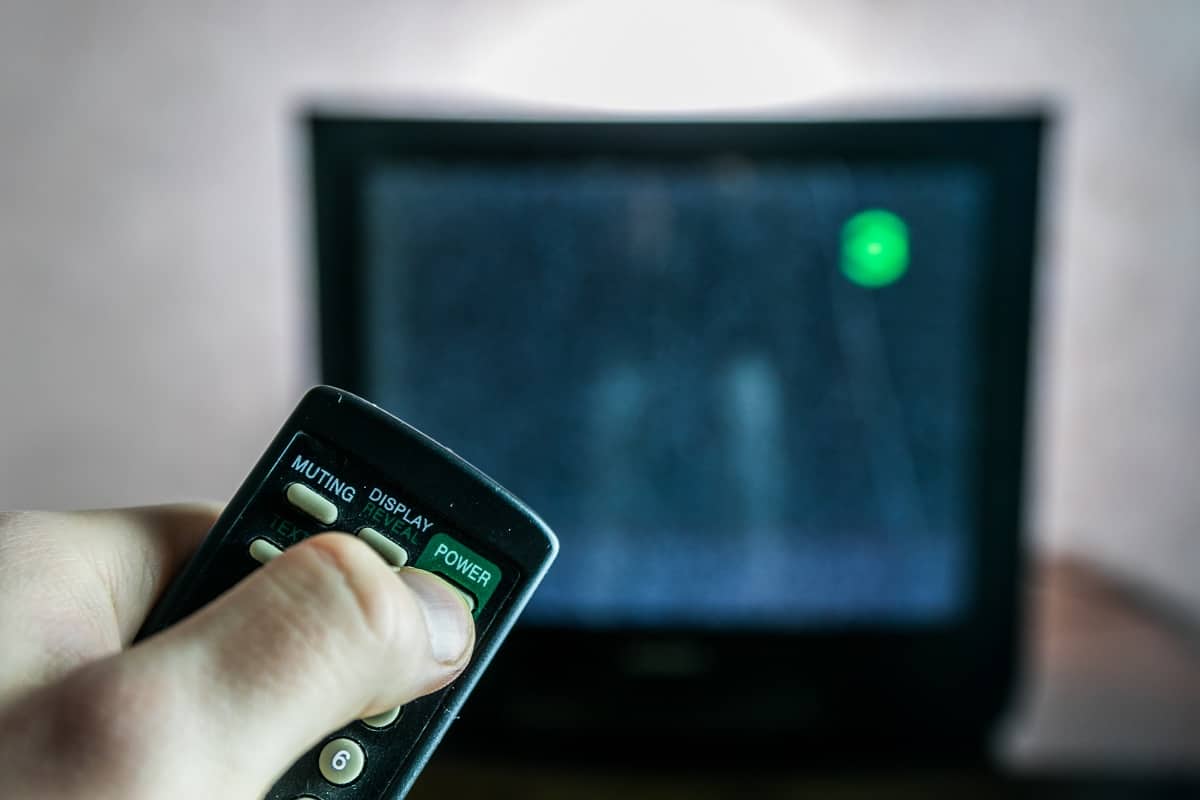As creatures with a monopoly on curiosity, we humans love colors and how they mix. Do you remember the sense of wonder when, as children, we got our first crayons and started coloring all over the place.
But color has always fascinated us. In fact, the first reports of our ancestors mixing colors date back to 40.000 BC. They achieved this result by mixing various soils and animal fat, but also ash and burnt wood.
It makes sense that we are also curious about color mixing. We’ve been so for millennia, and our species is still alive. Natural selection made it so that only people who could recognize the “right” (more on this later) colors survived. After all, you must be able to tell a poisonous berry from a safe one, and color is the best indicator for that.
Color mixing is weird, but also fascinating. When you add pink to blue (or vice versa), you get purple. Now, depending on the types of pink/blue you use, and their respective quantities, you get different saturations of purple.
In this article, we are going to learn how mixing blue and pink works, and how you can get the perfect purple for your next project.
Learning about Color with Newton and Young
Our understanding of color came from a comprehensive light study conducted by Newton. The man, in his quest to understand how our world works, created the Newton color circle around 1666. It’s thanks to his experiments on how light bounces on surfaces that we know white light contains all wavelengths of the visible spectrum.
Other people in the following centuries perfected the theory, especially Thomas Young. If you know how a TV works, you have to thank Thomas Young for the enjoyment you get out of it. Our TVs have pixels to display colors, but of course these pixels can only be red, blue, or green. So, when you see yellow on your TV screen, know it’s the TV tricking your eyes.
It’s one of those things that makes you realize how strange our brains are. Colors aren’t seen by our eyes per se, it’s our brains that create our perception of them.
We don’t use the Newton color circle anymore, as our understanding of light has advanced quite a bit. This is how our modern color wheel looks like:
(Picture courtesy of the Usability branch of the US government)
You don’t really need to know all of this stuff to mix colors. But it’s definitely a nice-to-have, and will improve your understanding of the topic.
Blue and Pink Make Purple, but of What Kind?
Let’s start with a fun fact: purple doesn’t exist on the color spectrum. Since colors are a product of how our brain perceives the light, you could say purple is a fake color. It looks real because that’s what our brain renders when we mix certain colors (such as blue and pink). But by itself, purple doesn’t exist.
Although you could argue the same for every other color. It’s not that leaves are green, we just see them as such. Color is not an actual characteristic of an object, it’s just what our brain shows us with its light-capture magic.
An easy way of understanding it is by studying color blindness. Color blindness is a condition in which one of the three color receptors in the eye are missing, or less sensitive than normal. This means that when light enters the eye, either there’s no receptor for it to react with, with protanopia, where a person can’t see red light – or there’s a mismatch in the signals from the different receptors. The same happens with deuteranopia, where a person can’t see green light.
It’s not that color blind people don’t see colors like us. It’s just that their eyes can’t catch certain wavelengths.
Still, we consider it an actual color. We classify it as secondary because—technically—it’s the result of mixing red and blue, two primary colors. In reality, this is hardly the case, as we will see later on in the article.
Anyway, mixing blue and pink in equal parts creates a lavender-like type of purple:
Adding more blue makes the purple darker:
Whereas adding more pink makes it lighter:
Of course, you can also add black, or white to regulate the color’s brightness. The same goes with the saturation and brightness of the colors you’re mixing. A darker shade of blue or pink will cause a darker purple, just like lighter shades will give you a lighter purple.
Editor’s note: Make sure to not mix up magenta and purple. Magenta is way brighter, and is often referred to as a combination of red and purple. Whereas purple is what you get by mixing blue and pink.
Red and Blue do NOT Make Purple…at Least, not Always
Kids (and adults) all over the world are excited to learn that they could make purple by mixing blue and red together. They ran around their neighborhoods, showing everyone their new color.
But soon enough, they realized that making purple was not as easy as it seemed. It took a lot of practice to get the right shade of purple, and even then, it was never quite perfect.
Some kids gave up after a few tries, but others kept practicing until they got it just right. And eventually, they all learned how to make the perfect purple.
Which, ironically, includes not mixing red and blue.
Contrary to popular belief, red and blue do NOT make purple. Combining them gets you a dark shade of brown. Red and blue make purple only when we use the RGB method of coloring things. But in the real world, with pigments? Not really.
Here’s a video showing it:
Curious, right?
In that video, you can also see that magenta and blue give you purple.
The Meaning of the Color Purple
Purple color has many symbolic meanings. Many people, including artists, musicians and filmmakers, associate the color with creativity and uniqueness. It can symbolize joyfulness or mourning if it is lighter or darker in tone.
Brands like twitch use purple in their logo to symbolize creativity.
Another emotion commonly associated with purple is mystery. Additionally, it symbolizes faith, wisdom, dignity, luxury and extravagance.
Purple is one of the oldest colors known to humankind, but no one knows for sure how it got its name. It has been used by nearly every ancient civilization throughout history to honor royalty, deities, nobility, and wealth. Today purple can represent feminine strength without limits or masculine power tempered by a gentle spirit because of its close ties to spirituality, religion and philosophy dating back to Ancient Greece and Rome.
Conclusions
Colors are fascinating. And purple is a fascinating thing among them, because it doesn’t exist in reality. However, you could also argue that no color actually exists, since it’s simply how our brain perceives the reflection of light.
Take a different animal, for example: marmosets. These cute little beasts’ vision differs between the males and the females. Male marmosets only see in 2 colors, while female ones see in 3 colors. Or take nocturnal animals like owls. These creatures usually only see the world in black and white. That’s because recognizing colors wouldn’t help them at all.
Mixing blue and pink gives you a lightly colored purple, similar to lavender. You can experiment with quantities and saturations in the mix to get different shades of purple.














